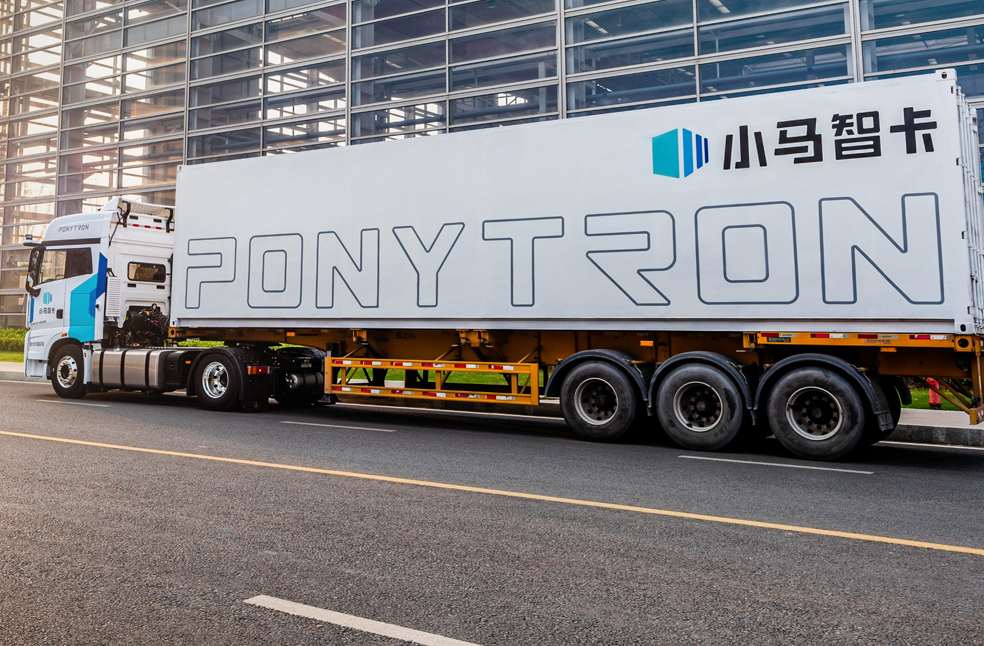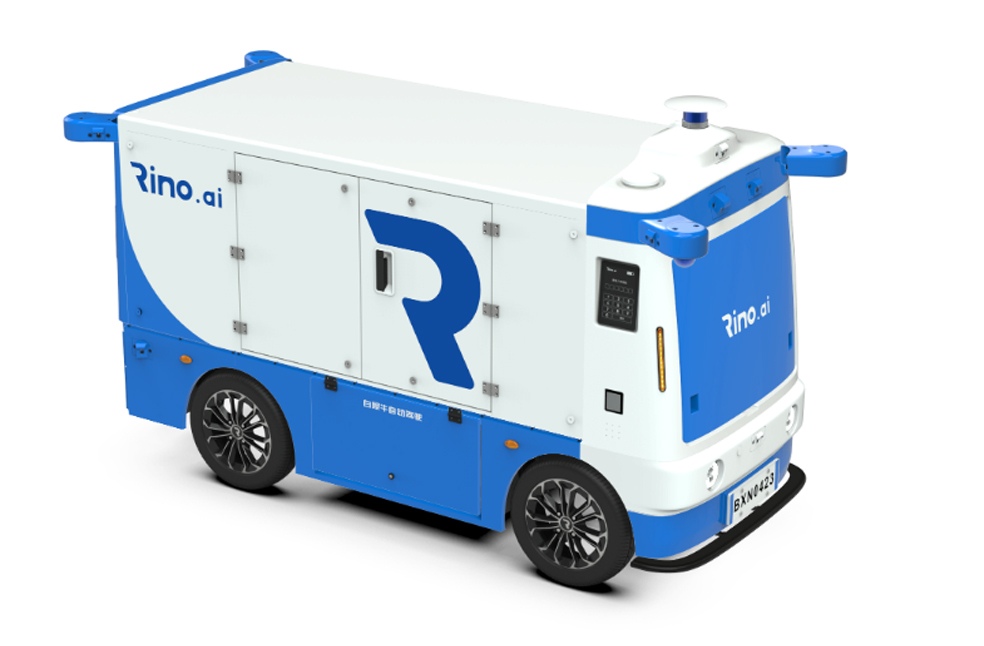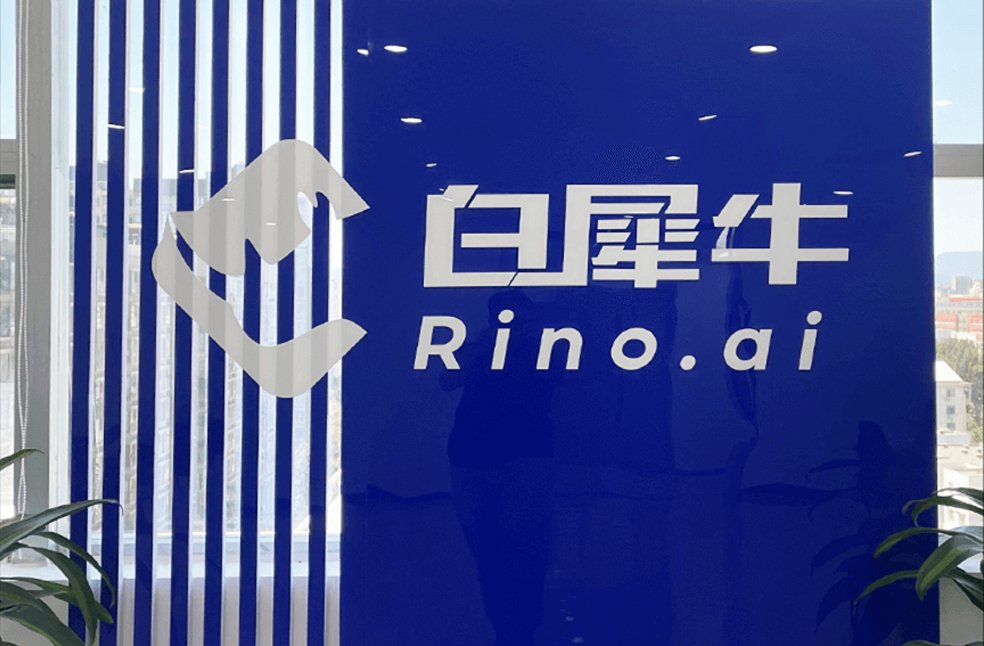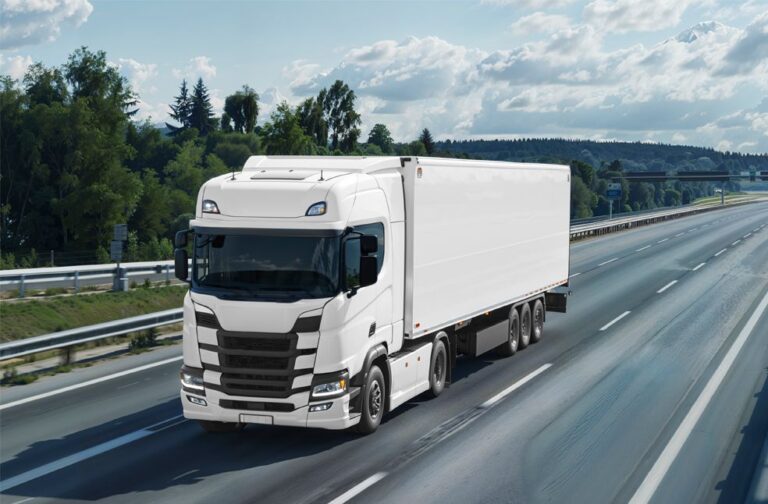Beijing: China is rapidly advancing its autonomous truck sector, with self-driving lorries now operating between major hubs like Beijing and Tianjin ports.
Though regulations still require safety drivers, the vehicles are fully capable of navigating highways without human input, signaling a dramatic shift in the country’s logistics industry.
One such driver, 32-year-old Huo Kangtian, plays the role of a ‘safety driver,’ observing as the truck drives itself. After taking control for the initial part of the journey, he switches to autonomous mode with a few buttons, letting the vehicle navigate itself at high speed. It handles ramps, toll gates, and lane changes before he regains control.
Huo admits he was scared the first time but now feels the trucks are ‘pretty good and safe.’ His role is to act as the last line of defense during emergencies and to reduce fatigue, stress, and physical strain, making his job more interesting rather than obsolete.

Pony AI, which operates a fleet of these trucks, says this is just the beginning. According to vice-president Li Hengyu, fully driverless operations will drastically improve transportation efficiency, reduce labor costs, and allow trucks to handle tough environments and long driving hours.
Yang Ruigang, a tech professor at Shanghai Jiaotong University with expertise in autonomous vehicles in both China and the US echoes this. He notes the ultimate goal is simple; ‘Reduce the driver cost close to zero.’
Still, the public remains wary, especially following high-profile incidents, such as one that killed three university students while their car was in ‘autopilot’ mode.
Professor Yang agrees that mass job loss for drivers isn’t imminent. He explains that autonomous trucks won’t operate freely on high-speed open roads just yet, but in low-speed or last-mile delivery situations, they’re already here.

This shift is visibly underway in Hefei, a city of eight million in Anhui Province, once one of China’s poorest but now a tech-forward urban centre. Here, hundreds of driverless delivery vans roam suburban streets alongside human-driven scooters and cars.
Rino.ai, an autonomous vehicle company, has found its niche by using driverless vans to shuttle parcels between courier company hubs and local delivery stations.
Human drivers then complete the final delivery by scooter. Rino president Gary Huang notes this setup improves efficiency by letting couriers stay within communities while the autonomous vans cover the repetitive, longer hauls.
Rino plans to expand internationally, starting with Australia, where a major supermarket chain will soon use its autonomous delivery vehicles. In China, Rino already runs more than 500 vans across over 50 cities, but Hefei leads the way due to its progressive government, successful pilot programs, refined regulations, and openness to innovation.

These vans navigate like any other vehicle: indicating turns, changing lanes, obeying traffic signals, and avoiding obstacles. According to Rino’s regional director for Anhui, Zhang Qichen, three autonomous vans running for days cost the same as one human driver, highlighting how the technology is reshaping business economics. She adds she wouldn’t be surprised if heavy autonomous trucks become common in certain situations within five years.
Professor Yang supports that timeline, especially for long-haul trucks operating in specific, low-risk environments like ports, open-cut mines, or straight highway stretches in remote areas. Yet, he cautions that significant technical challenges remain. Heavy lorries need long-range cameras, better sensors for complex roads, robust systems for harsh weather, and high reliability in crowded traffic.
Cost is another barrier, these vehicles are still retrofitted from traditional trucks, and the technology is expensive. Moreover, public trust remains a significant challenge. China wants to be seen as a leader in future tech, but it must balance safety concerns and societal perception. As Chim Lee explains, public support hinges on seeing the tech as cost-saving and beneficial, not as something dangerous or job-destroying.
Professor Yang adds a final thought: while people may tolerate errors from human drivers, the same is not true for machines. “Machines are not supposed to make mistakes, so we have to make sure the system is extremely reliable,” Yang added.



